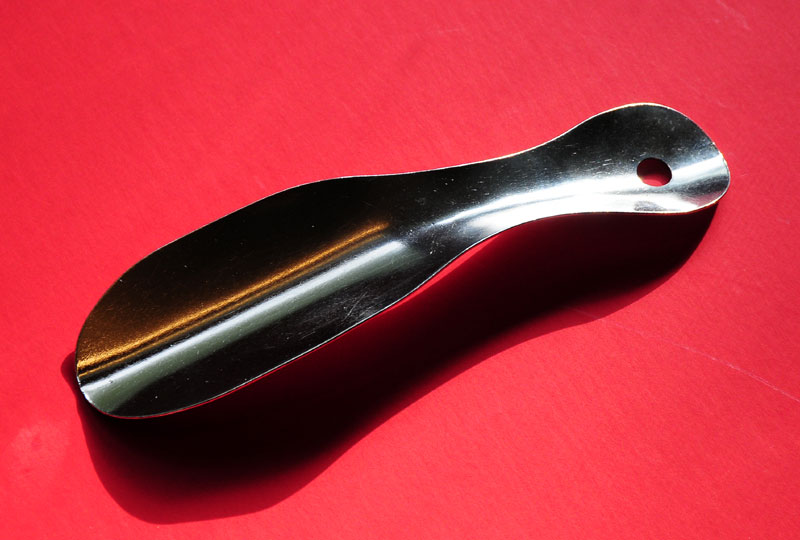A Simple Tool with Centuries of Purpose
Ever looked at a shoe horn and thought, “This thing’s been around forever”? Well—you’re not far off. This small, curved gadget has been helping people ease into their shoes since the 15th century, and its story is a lot deeper than you might expect.
Where It All Began: Horn, Bone, and Wood
Back in the 1400s, slipping into a pair of stiff leather shoes wasn’t exactly a graceful process. That’s where the first shoe horns came in—crafted from animal horn, bone, or wood, they made it easier to slide your foot in without bending the shoe or damaging the heel.
And yes, the name “shoe horn” literally came from the animal horn material used to make them.

Elegance Meets Utility: Shoe Horns as Status Symbols
As time marched on, especially through the 17th and 18th centuries, shoe horns evolved into something more than just functional tools. The wealthy had theirs made from silver, ivory, and intricately carved hardwood. These weren’t just shoe aids—they were decorative accessories, some even featuring family crests or hand-engraved initials.
Today, those antique shoe horns are highly collectible, treasured not just for their beauty, but for the stories they carry.
Video : Shoe Horn
Industrial Revolution: Mass Production and Modernization
With the Industrial Revolution in the 19th century came new materials and manufacturing methods. Shoe horns made from brass, steel, and later, plastic became commonplace. The rise of mass production meant these tools were no longer just for the elite—they were now practical items found in homes around the world.
Though they lost some of their ornate flair, they gained something even better: affordability and accessibility.
Types of Shoe Horns: Not Just One-Size-Fits-All
There’s a shoe horn for every lifestyle:

- Pocket-sized versions are ideal for travelers.
- Medium lengths are your go-to daily companions.
- Long-handled versions are lifesavers for seniors or anyone with limited flexibility.
- Some even come with telescoping handles—modern problems, modern solutions.
Why You Should Still Be Using One Today
Think they’re outdated? Think again.
Shoe horns help you preserve your shoes, especially leather or snug-fitting ones, by preventing bent heels and creases. They also make putting shoes on faster and smoother—no more jamming your foot and wrestling the heel.
Plus, for anyone with back issues, mobility challenges, or recovering from surgery, long-handled shoe horns are practical, everyday helpers.
Video : How to Use a Shoe Horn?
Antique Shoe Horns: Tools Turned Treasures
Beyond their function, antique shoe horns are now pieces of history. Whether it’s the handcrafted detail or the materials used, each one tells a story of its time.
Collectors value them for their craftsmanship, uniqueness, and connection to personal history. Some were even given as gifts—little tokens that combined elegance with usefulness.

Conclusion: A Quiet Icon of Practical Design
The shoe horn may not be flashy or high-tech, but its impact is undeniable. It’s a tool that has stood the test of time—from horn and bone in the Middle Ages to sleek metal and plastic today.
What started as a simple invention to protect shoes became a symbol of style, function, and human ingenuity. So next time you use one, pause for a second—you’re holding a bit of history in your hand.


